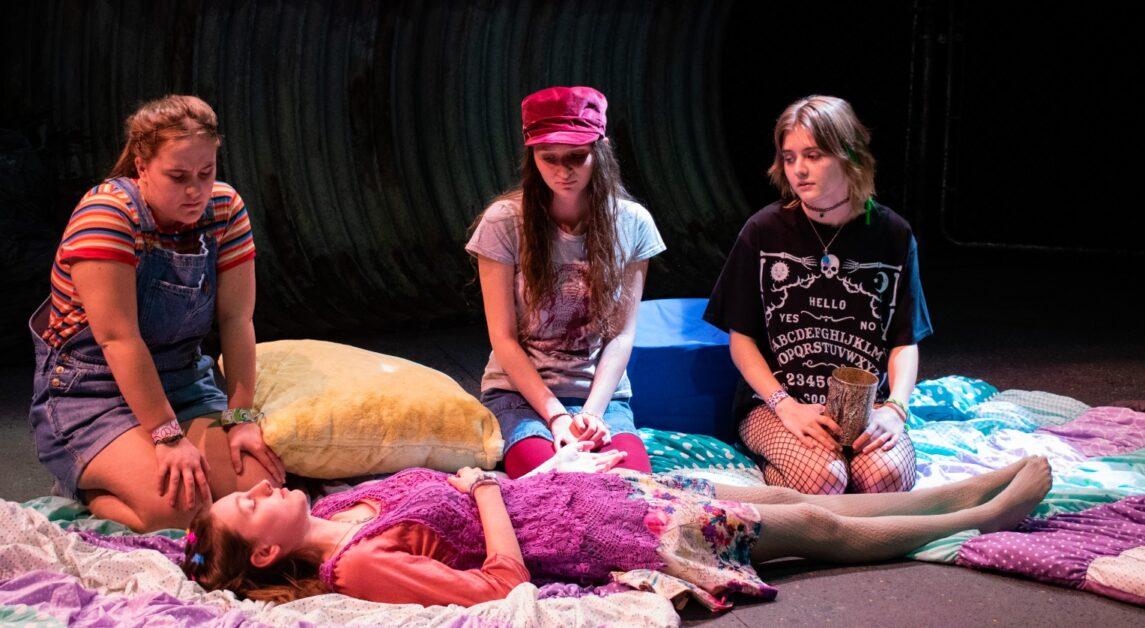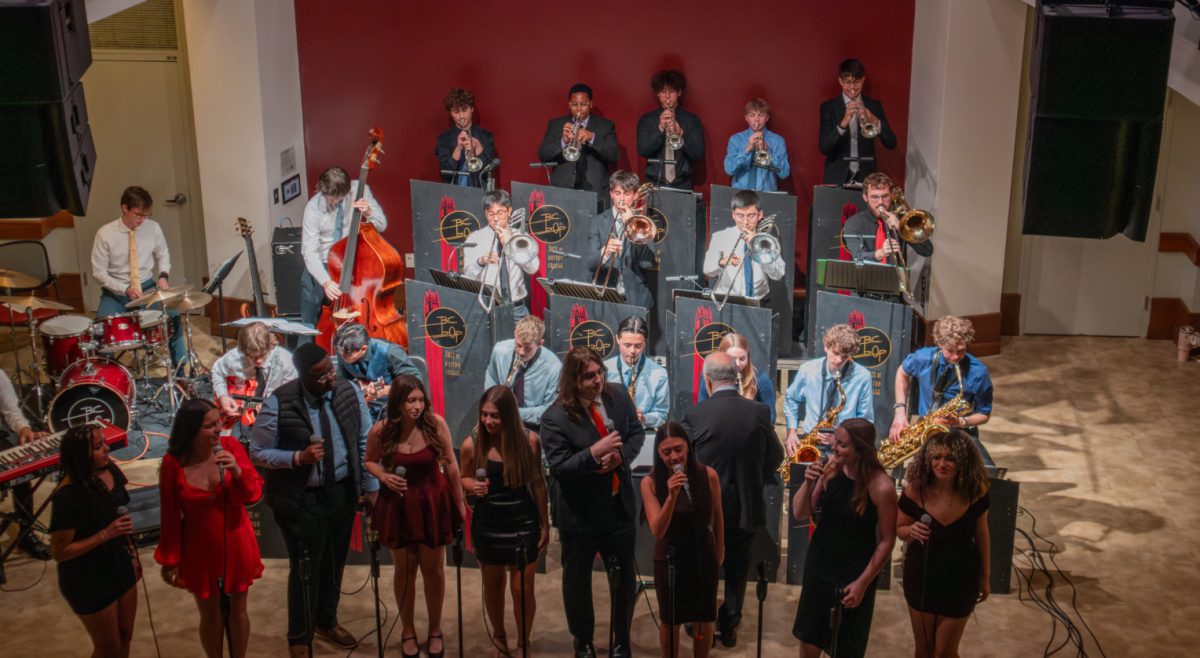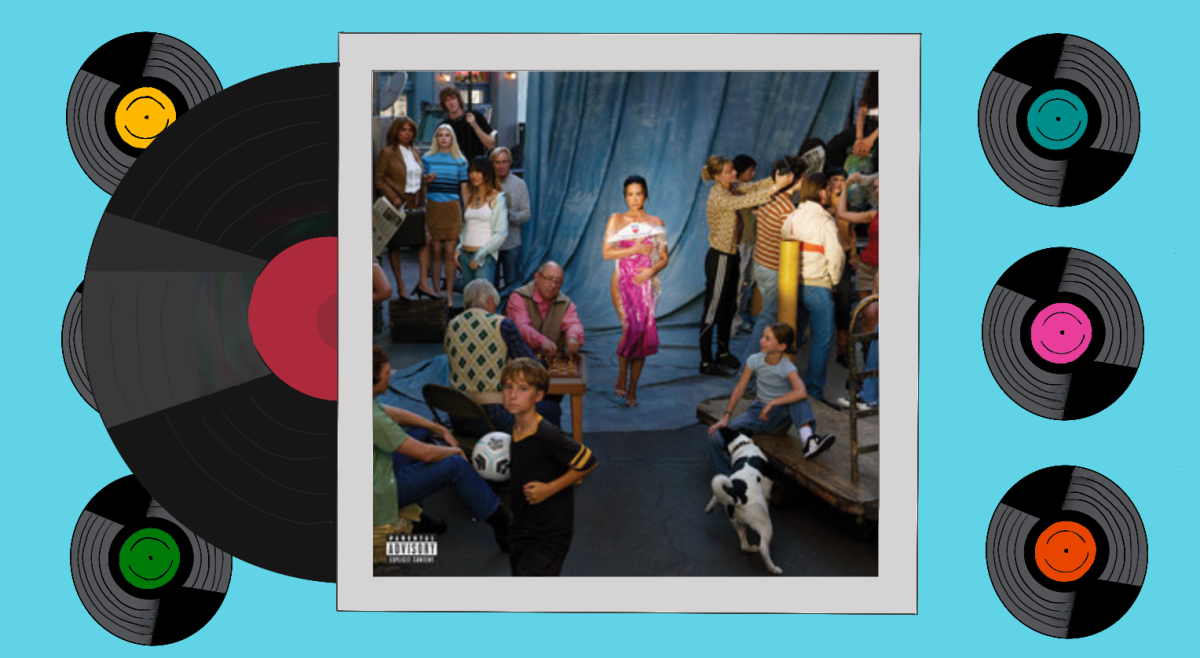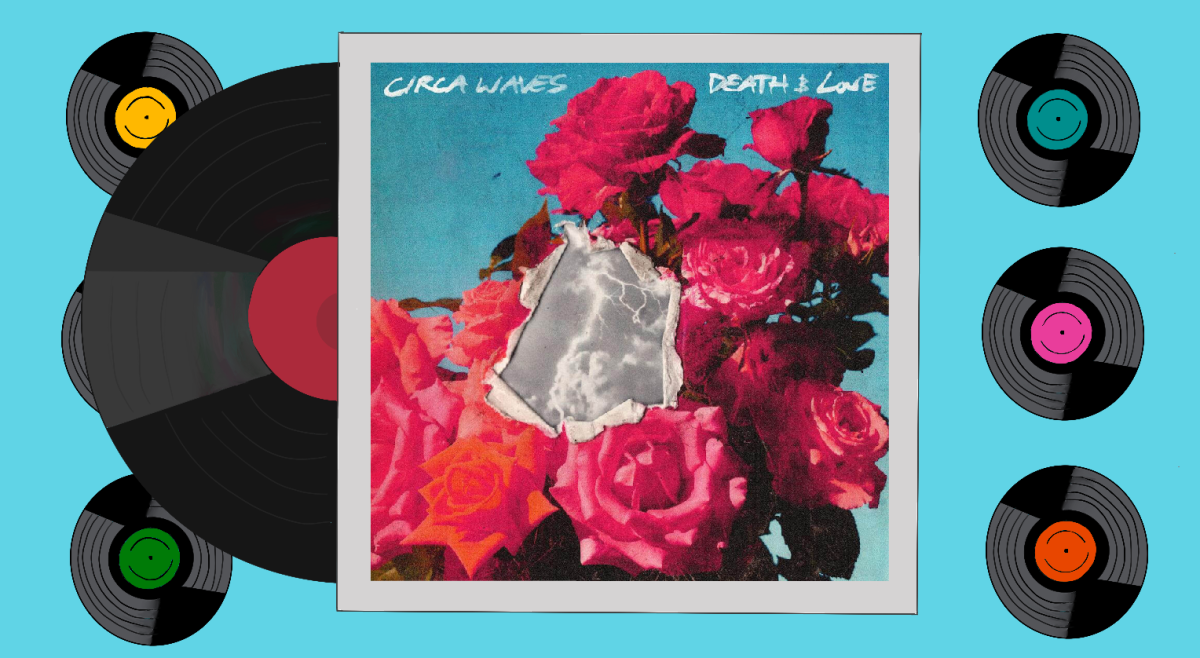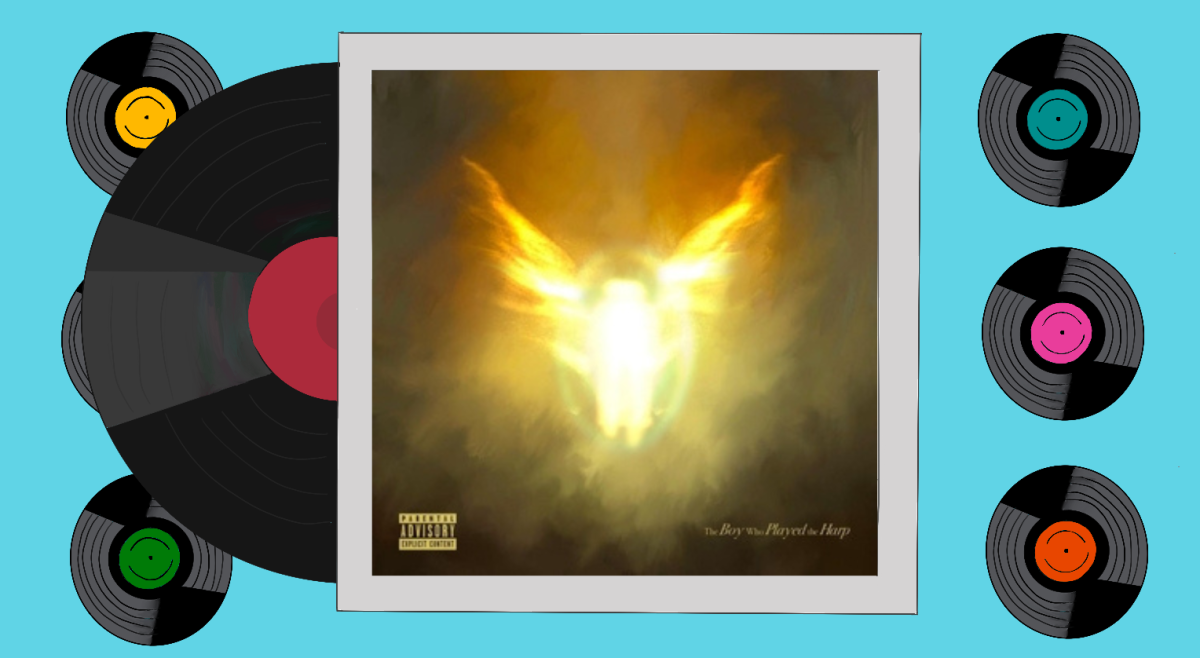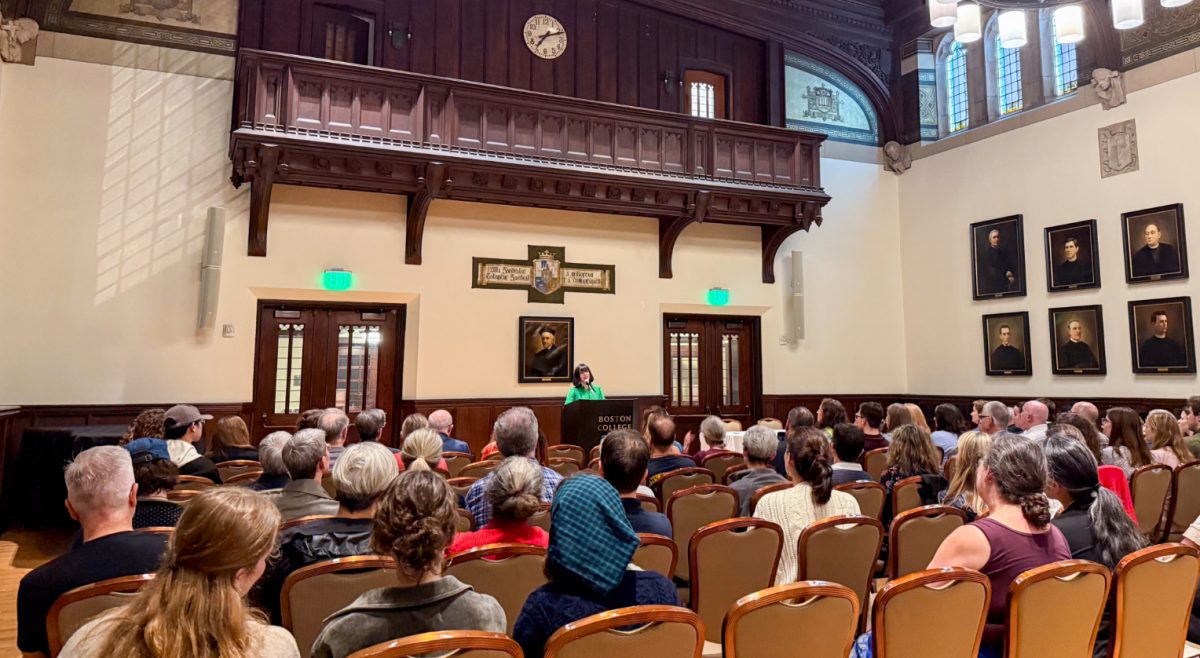Butterfly hair clips and low-rise denim skirts may be coming back in style in 2022, but the audience at Bonn Studio Theater on Thursday night was transported back to the time of their fashion peak with the play Truth/Dare. Set first in 1998 and following the characters four years later, the play explores themes of sexuality, religion, outgrowing friendships, and mental health. The characters examine all of these ideas in the conversations and drama of an eighth grade sleepover.
The play has performances through Sunday.
Directed by Devyn Itula, MCAS ’22, the play begins in darkness with the sound of footsteps and whispers echoing throughout the theater. As the lights come up, the girls, Hannah (Brooke Flanders, Lynch ’23), Linney (Arianne Horan, MCAS ’25), Maeve (Abby Wachter, MCAS ’25), and Ursa (Alison MacDonald, MCAS ’24) are gathered around on sleeping bags, performing a seance with Linney in the center.
This interesting choice of activity to do at a sleepover demonstrates the girls’ innocence as they attempt to scare each other into thinking there are spirits moving about their room. During the seance, Linney’s desire to keep the friends close becomes apparent as the distance between the girls who were once inseparable grows.
Religion drives a wedge between Maeve and Hannah. As boys and partying in high school become more important to Ursa, Linney points out how Ursa has ditched her and is not paying attention to her best friend’s well-being.
The cast members’ playful acting and line delivery made their performances as 14-year-old girls believable. MacDonald’s acting as Ursa contained the right amount of adolescent angst, and Wachter’s and Flanders’ playful dialogue had the trademark giddiness of middle schoolers when braiding each other’s hair.
The importance of checking in on your friends’ mental health comes through clearly when the girls show ignorance toward Linney when she was clearly—at least to the audience—struggling. The play explores this theme again in a flashforward to four years later, as Ursa deals with the consequences of her decisions.

“We all need a little help in this life,” Itula said in the program’s director’s note. “Friends are what have and continue to keep me grounded in the insanity and monotony of life.”
Each character’s costume represents the character trope that she embodies. Ursa, dressed in fishnets and a ouija board shirt, is the edgier friend who wants them to take chances. Linney, on the other hand, dressed in a flowy lace top and butterfly clips, is more free-spirited.
Truth/Dare is set at two locations—Ursa’s house, for the sleepover, and the reservoir, where they travel both during the sleepover and during their senior year party four years later. The set is constructed so the reservoir is always looming in the background of their sleepover, creating an ominous tone for the play from the beginning.
Water dripping and heartbeat sounds played in the background of the play periodically as well, adding to the looming nature of the reservoir.
The lighting in the play is dark and usually accompanied by undertones of purple and green. But the lighting is always softest when the girls are sitting around together in their sleeping bags and talking, demonstrating that although they grew to want different things in life, their bond was real.
While Truth/Dare begins with such a classic and formative scenario of the middle school experience as a sleepover, it is both a play about nostalgia and a reflection of how people treat each other.
Featured Images by Vikrum Singh / Heights Editor

